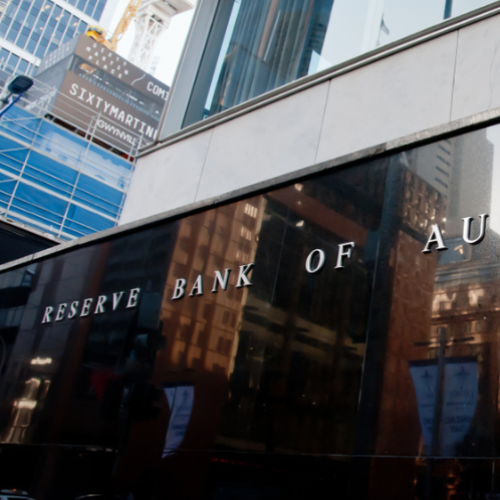Australians are generally not as happy as they were before COVID-19, as pandemic-related troubles give way to cost of living and housing concerns.
A biennial report from the Australian Institute of Health and Welfare draws on wide-ranging data to analyse the pandemic’s temporary and lasting affects on the way Australians live and work.
The in-depth study, entitled Australia’s Welfare 2023, shows life satisfaction and psychological distress have improved but not returned to pre-pandemic levels.
A quarterly Australian National University survey put average life satisfaction at seven out of 10 in October 2019, before it fell to 6.5 in April 2020 and August 2021.
The metric had picked up to 6.8 by January this year, but dropped back to 6.6 in August.
That month, 30.3 per cent of Australians reported finding it difficult or very difficult to live on their income, up from 17.3 per cent during the first year of the pandemic in November 2020.
But the 322-page report noted price increases from inflation rates not seen in Australia since the 1990s had become a “key determinant” of life satisfaction by October 2022.
“Household income in Australia declined in real terms by about 3.1 per cent between April and October 2022, suggesting a decline in living standards,’ read the report, published on Thursday.
“Life satisfaction in October 2022 was 10 per cent lower for people who thought price increases were a very big problem (6.4) compared to those who did not (7.1), and 14 per cent lower for those in the bottom income quintile (6.2) compared with the top income quintile (7.2).”
Despite wages falling in real terms, Australian renters on average paid an extra 2.5 per cent in the 2023 June quarter alone and 6.7 per cent annually, the largest yearly rise since 2009.
But the cost of living and housing crises had not translated to more people joining the welfare queue by March, with the proportion of Australians 16 and over on income support settling back to pre-pandemic levels (24 per cent).
While restrictions and vaccine mandates have all but been abandoned across the country, the report shows the human toll of COVID-19 continues to mount.
There have been 10,176 more deaths than expected in Australia from the start of the pandemic to March, with COVID-19 accounting for a high proportion of those as the nation’s eighth leading cause of total disease burden in 2022.
The institute’s deputy chief executive officer Matthew James said Australia had come a long way since the previous edition of the report in September 2021.
“At that time, many Australians were experiencing lockdowns, only 44.7 per cent of people over the age of 16 were fully vaccinated against COVID and most children aged 12-15 weren’t yet eligible to receive COVID vaccines,” he said.
“Life is much more ‘normal’ now for most Australians, however, some things are quite different to before the pandemic.”
KEY STATISTICS FROM AUSTRALIA’S WELFARE 2023:
* More than $212 billion was spent on welfare in 2021/22
* COVID-19 accounted for 151,400 years of healthy life lost in 2022
* The proportion of Australians aged 18 and over working from home most days doubled from 13 per cent in March 2020 to about 26 to 31 per cent between September 2020 and February 2021
* 815,500 Australians lived in social housing in 2021/22
* The proportion of First Nations people living in overcrowded housing fell from 31 per cent to 19 per cent between 2001 and 2021
* Australia’s prison population increased from 29,380 in mid-2012 to 40,591 by mid-2022











